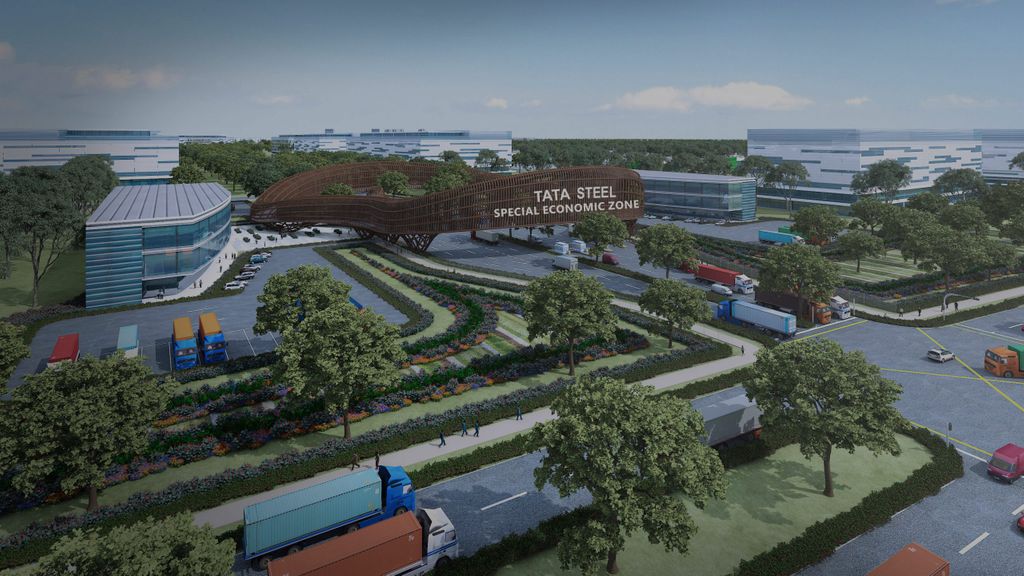A To Z Of Sez Infrastructure
Mar 26, 2020 • 2 views
What is SEZ?
SEZ, also called Special Economic Zone, is an area where the government gives various regulatory relaxations, fiscal incentives, and infrastructure facilities to promote industrial activities. The concept of SEZ is becoming very promising in many developed as well as developing economies.

SEZ in India:-
Murosoli Maran, the then Commerce and Industry Minister of India, introduced the scheme of SEZ in India after his visit to SEZ in China. The Government of India announced SEZ soon after. The objective at that time was to establish business zones to attract export-oriented businesses to develop their business units there. To promote the concept, the government offers relaxations in EXIM regulations, economic advantages, and encourage production for export. In 1965 Kandla became the first EPZ (Export Processing Zone) / SEZ in India. The purpose was to attract foreign investments for creating a state of the art infrastructure for industrial operations.
SEZ infrastructure:-
Each SEZ is like an industrial township. It has all the facilities which an excellent residential town possesses. Here are some critical features of SEZ infrastructure:
● It mainly has two areas:
● A processing zone which houses the industrial units, and
● A non-processing region that houses other infrastructural facilities.
● SEZ has infrastructural facilities for industrial operations, appropriate social facilities, a friendly local atmosphere, and an industrial presence that supports sustainable development.
● It is well planned on a large piece of land, has open space, lush green gardens, business complex, residential blocks, hotels, restaurants, hospitals, educational institutions, provision for entertainment, police and fire stations, etc.
● SEZ also has water supply, waste treatment plant, effluent treatment and disposal, power generation, telecommunication facility, rainwater harvesting, etc.
● In an SEZ, the building designs are environmentally sustainable with minimum environmental impact, resource-efficient, and environment-friendly industrial processes, and reducing the impact on human health and environment.
● Some SEZ is meant only for a specific kind of production, like pharmaceutical, or textile. Some multi-product SEZ is which supports many industries. This type of SEZ houses manufacturing, marketing, service and many other types of industries.
● Roadway, railway, and airway facilities are well-developed in an SEZ. It is vital for the transport of raw materials and the final product.
Challenges to SEZ:-
● An SEZ can succeed in this world of globalization and industrialization having high-level competition only with the right amount of investment, good regulatory model, and proper incentives.
● The United Nations Sustainable Development Goals (SDGs) affect the strategies and operations of businesses across the globe. SEZ infrastructure needs to function in a way to achieve those goals.
● To keep balance among 3P's (profit, people, planet) for sustainable development, an SEZ must have a well-planned infrastructure. Some SEZ is a failure while others are doing great.
● Underutilisation of SEZ infrastructural capacity is one of the biggest challenges to SEZ authorities.
Conclusion:-
SEZ infrastructure plays a vital role in its successful operation. A well planned SEZ layout to support business operations, social welfare and one which is environmentally responsible will surely succeed. SEZ is a way to economic growth for developing nations.
